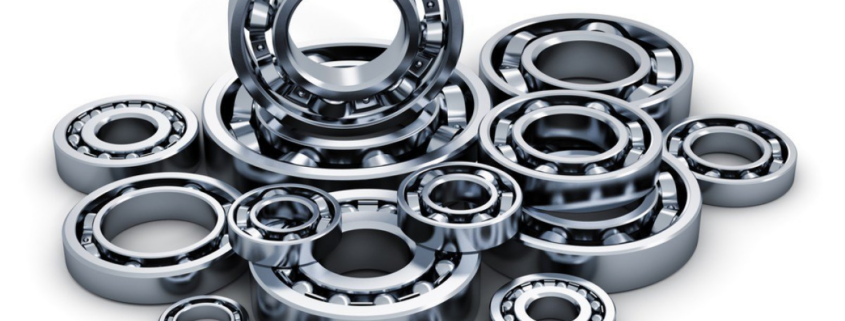Characteristics and differences between angular contact bearings and deep groove ball bearings
Characteristics of angular contact ball bearings:
- It has the characteristics of strong load-bearing capacity, good rigidity, high rotation speed, high precision, and convenient installation and adjustment.
- It can bear both radial load and axial load.
- Easy to manufacture, low cost and suitable for mass production.
- Angular contact ball bearings are suitable for mechanical equipment with high precision requirements.
Characteristics of deep groove ball bearings:
- Small friction, high rotation speed, simple structure, high manufacturing precision and low manufacturing cost.
- There are more than 60 types of modified structures, which are widely used.
- Suitable for electromechanical motors, industrial machinery, gear boxes, industrial pumps, agricultural machinery, household appliances and other fields.
- It is the most common type of rolling bearing and is easy to operate.
There are significant differences in performance between angular contact ball bearings and deep groove ball bearings. Angular contact ball bearings can withstand larger radial loads and axial loads, and their ability to withstand eccentric loads is stronger than deep groove ball bearings.
At the same time, angular contact ball bearings can automatically adjust axial clearance to ensure stable operation even at higher speeds. In addition, angular contact ball bearings have higher speed limit and friction coefficient, which makes them perform better in high-speed rotation applications.
Deep groove ball bearings can also bear radial loads and axial loads, but their ability to bear eccentric loads is weak. Deep groove ball bearings have a lower friction coefficient and lower speed limit than angular contact ball bearings, making them suitable for use in low-speed rotating applications.
Generally speaking, angular contact ball bearings and deep groove ball bearings have their own advantages in performance, and users need to choose the appropriate bearing type based on actual application requirements.
Angular contact ball bearings have good radial load-bearing capacity and are suitable for high-load or high-speed operation situations, such as machine tool spindles, motors, reducers, etc. Its contact angle is usually 45° or 90°, and it can be divided into single row and double row.
Deep groove ball bearings have good impact resistance and a wide speed range, and are suitable for light or medium load applications, such as automobiles, motorcycles, office equipment, etc. The contact angle is usually 60°, and there are two types: single-row and single-row. Double row, usually with steel ball cage or roller cage.
To sum up, there are obvious differences in the applicable fields of angular contact ball bearings and deep groove ball bearings, but they can play an important role in different environments and working conditions. When selecting bearings, you should choose according to actual needs.
Deep groove ball bearings are typically used for radial loads, while angular contact ball bearings perform well under both radial and axial loads. The difference between the care and maintenance of angular contact ball bearings and deep groove ball bearings mainly lies in the requirements for lubrication and cleaning. Deep groove ball bearings generally require more lubrication to prevent damage due to friction, but angular contact ball bearings require more lubricant to ensure adequate lubrication between the ball cages. In addition, the cleaning of angular contact ball bearings also needs to be more careful, because once internal impurities enter, it may cause wear of the steel balls and cages, leading to bearing failure. Therefore, when maintaining and maintaining angular contact ball bearings, you need to pay more attention to details and follow correct operating procedures.



